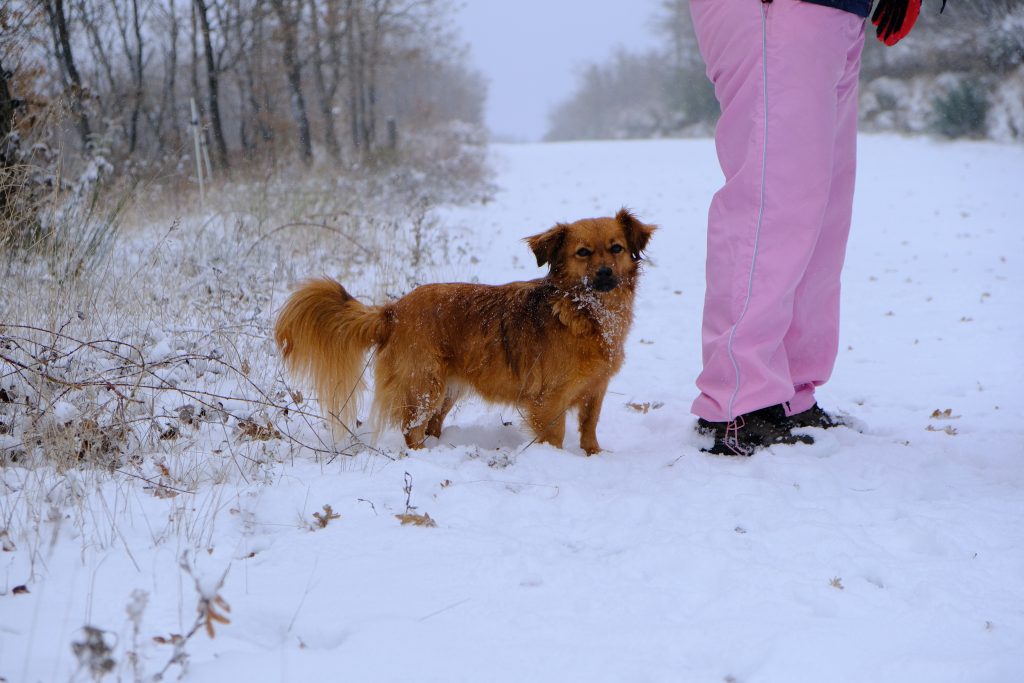Winter walks can be a magical experience for you and your dog, but they also come with a unique set of challenges. Cold temperatures, icy sidewalks, and hidden hazards require extra care to ensure your dog stays safe, warm, and happy.

How Cold Is Too Cold?
While some dogs, like Siberian Huskies, are built for the cold, others, especially smaller breeds and those with thin coats, are more sensitive.
Breed & Coat Factors
A good rule of thumb is that if you’re cold, your dog probably is too. Breeds with thick double coats can tolerate lower temperatures, but dogs with short hair or very little body fat may be at risk of hypothermia in even moderately cold weather.
Temperature and Wind Chill
Be mindful of the wind chill factor, which can make the air feel much colder than the thermometer indicates. Below 20°F, many dogs are at risk of frostbite on their paws, ears, and tail. Always check the forecast before heading out.
Essential Winter Gear for Dogs
Coats, Sweaters & Booties
For most dogs, a warm coat or sweater is essential for walks in cold weather. It provides an extra layer of insulation to keep their core warm. Dog booties are also critical for protecting their paws from snow, ice, and harsh de-icing chemicals.
Reflective Leashes & Lights
Winter often means shorter days and longer nights. A reflective leash, harness, or a clip-on light can make your dog more visible to cars and cyclists in low-light conditions.
Paw Safety & De-Icer Risks
Salt & Chemical Exposure
Ice-melting salts and chemicals on sidewalks and roads can be extremely irritating and even toxic if ingested. They can cause painful cracks and burns on your dog’s paw pads.
Cleaning and Balm Application
After every winter walk, it’s crucial to wipe your dog’s paws clean with a warm, damp cloth. Consider using a paw balm before walks to create a protective barrier and after to soothe and moisturize their pads.
Winter Walk Best Practices
Shorter Sessions, More Often
In very cold weather, it’s better to take several shorter walks throughout the day rather than one long one. This minimizes your dog’s exposure to the cold while still giving them the exercise and potty breaks they need.
Warm-up and Post-walk Checks
Before you head out, get your dog moving indoors with a quick game to get their blood flowing. When you return, always check their paws for any redness or cuts and look for ice balls between their toes.
Want to make sure your dog stays active and safe all winter long? Contact Golden Paw Pet Services today to book a professional walker who knows how to navigate the cold weather challenges of Marlborough, MA!



